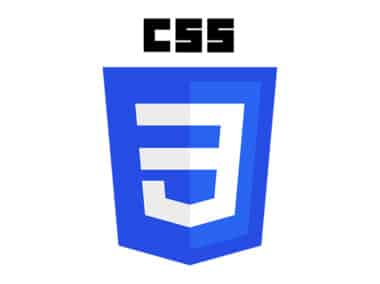JSX is a syntax extension for JavaScript that allows developers to write HTML-like code in their JavaScript files. It is commonly used with React to create reusable UI components. JSX syntax is similar to HTML, but it is not exactly the same. JSX elements are wrapped in angle brackets, like HTML tags, but they must be transpiled into vanilla JavaScript before they can be executed.
JSX is a powerful tool that enables developers to write more readable and maintainable code. By allowing developers to write HTML-like code directly in their JavaScript files, JSX makes it easier to create and manage complex user interfaces. This can be particularly useful when working on large-scale projects with multiple developers.
Syntax
JSX syntax is similar to HTML, but it is not exactly the same. JSX elements are wrapped in angle brackets, like HTML tags, but they must be transpiled into vanilla JavaScript before they can be executed. The syntax also allows for the use of expressions, which can be used to dynamically generate content.
Here is an example of a JSX element:
const element = <h1>Hello, world!</h1>;
In the above example, we are creating a new JSX element that represents an h1 heading with the text “Hello, world!”. This element can then be rendered directly in a React component.
Using JSX with React
JSX is commonly used with React to create reusable UI components. Here is an example of a simple React component written using JSX:
function Greeting(props) {
return <h1>Hello, {props.name}!</h1>;
}
In the above example, we have defined a new React component called Greeting that takes a single prop called name. The component returns a new JSX element that displays a personalized greeting using the name prop. This component can then be used throughout our application to display personalized greetings to our users.
Avoiding Common Errors
When using JSX, it is important to remember that it must be transpiled into vanilla JavaScript before it can be executed. This means that certain syntax errors or other mistakes in your JSX code can cause your application to fail. Here are some common errors to watch out for when working with JSX:
- Forgetting to import React at the top of your file
- Using lowercase tag names instead of uppercase (e.g.
<div>instead of<Div>) - Not properly closing tags
- Using reserved words like
classinstead ofclassName
By keeping these common errors in mind and practicing good coding habits, you can avoid many of the pitfalls associated with working with JSX.
In conclusion, JSX is a powerful tool that can help developers create more maintainable and readable code. By allowing developers to write HTML-like code directly in their JavaScript files, JSX makes it easier to create and manage complex user interfaces. However, it is important to be aware of common errors and to practice good coding habits when working with JSX. With these tips in mind, you can use JSX to create powerful and flexible UI components for your React applications.




